1. Python
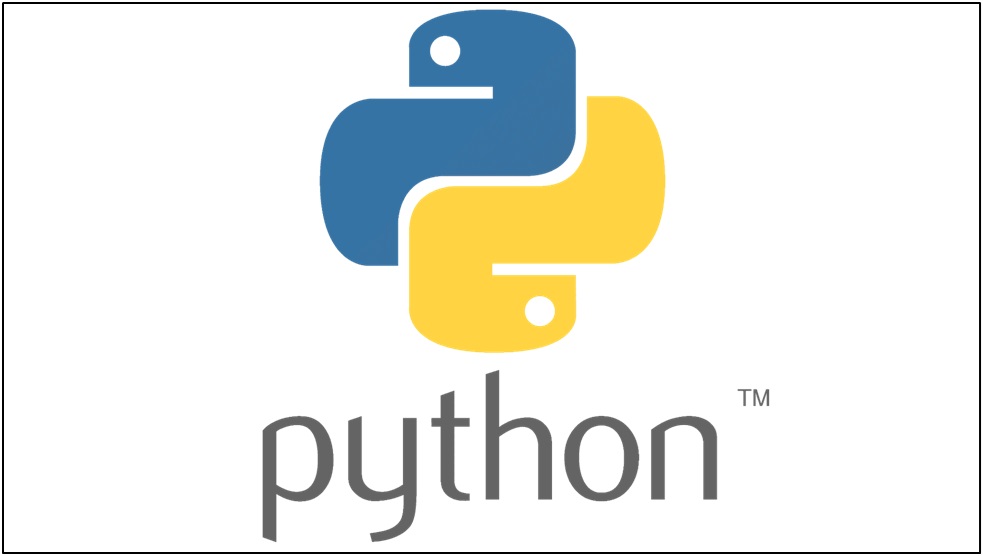
Python continues to dominate the programming world thanks to its simplicity, versatility, and extensive libraries. Founded in 1991 by Guido Van Rossum, Python has played a vital role in development of game changing applications like YouTube, Quora, and Instagram.
Guido Van Rossum wanted a language that was as easy as English, and hence you will find that much of Python's syntax resembles the English language. Also, how can we forget Python’s amazing set of libraries like Scikit, Tensorflow, Pandas which has completely changed the face of data science? Well, thanks to Guido, we can now compute millions of rows of data within a few minutes.
2. Java
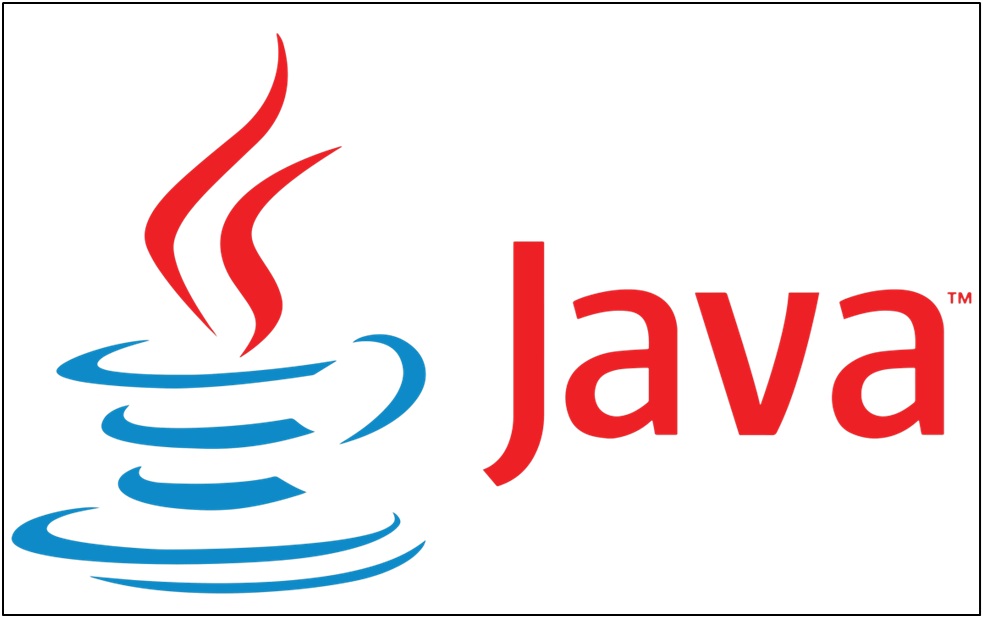
Since its founding in 1995, Java has played a vital role in the development of enterprise development, empowering large global organizations in their missions. Major benefits include platform independence, strong community support and superior performance. Its write once, run anywhere capabilities has enabled developers to run code on any system they wish, thus also reducing cost, time, and efforts in development.
3. JavaScript
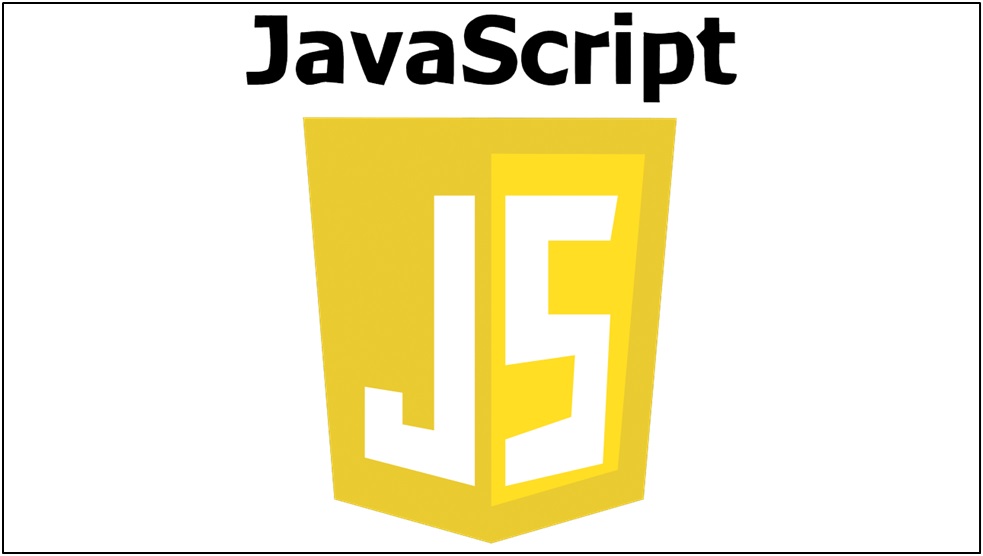
Many people confuse JavaScript with Java. However, both are different languages. JavaScript is playing a vital role in web development today to make web pages more dynamic and faster. Its frameworks like React, Angular, Vue have taken the front-end world by storm due to their immense capabilities.
One of JavaScript's primary functions in web development is to enhance the user experience by making web pages more dynamic and responsive. Through JavaScript, developers can manipulate the Document Object Model (DOM), which represents the structure of a web page, to update content, handle user input, and create interactive elements such as animations, sliders, and form validations.
4. C#
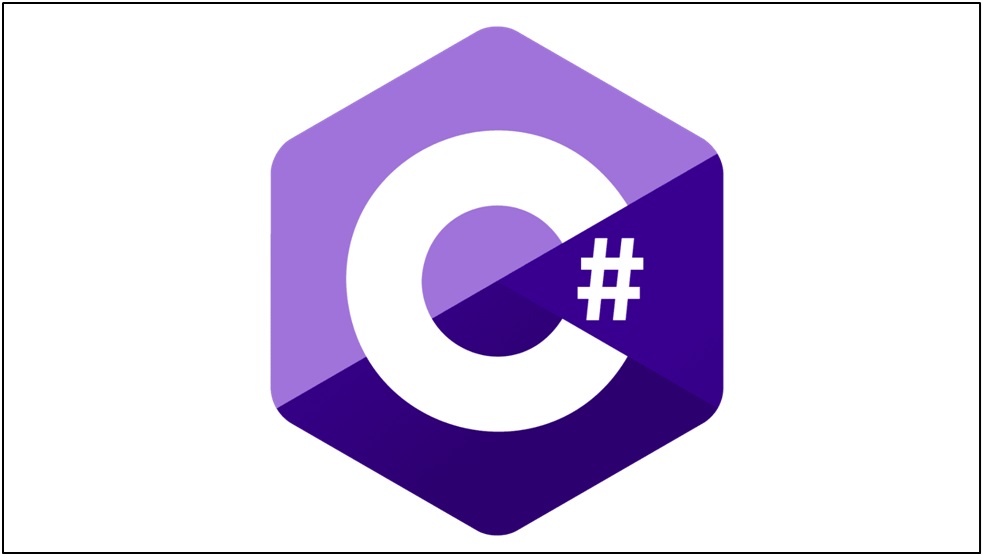
C# has played a key role in development of Windows OS over the past three decades. Combined with .NET Frameworks, C# has been unstoppable and has helped several developers build scalable and secured applications within Microsoft systems. Windows boast a market share of over 68%, and hence why C# has played a phenomenal role. Combined with Visual Studio and robust tooling, C# is one of the best choices for building desktop, web and mobile apps.
5. SQL
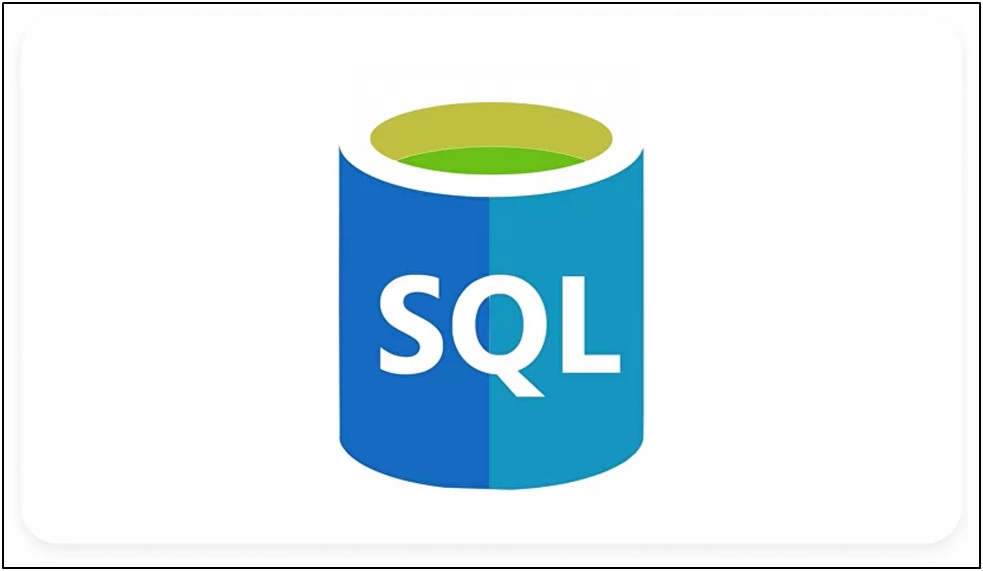
Similar to other languages mentioned here, SQL also known as Structured Query Language (SQL) has played a key role in database management for the last few decades. It manages databases and powers everything from ecommerce platforms to financial systems.
Despite the rise of other relational and non-relational database languages, SQL’s popularity has stayed constant thanks to its simplicity. As data volumes continue to grow, SQL's role in data management and analysis becomes more critical than ever.
6. Swift
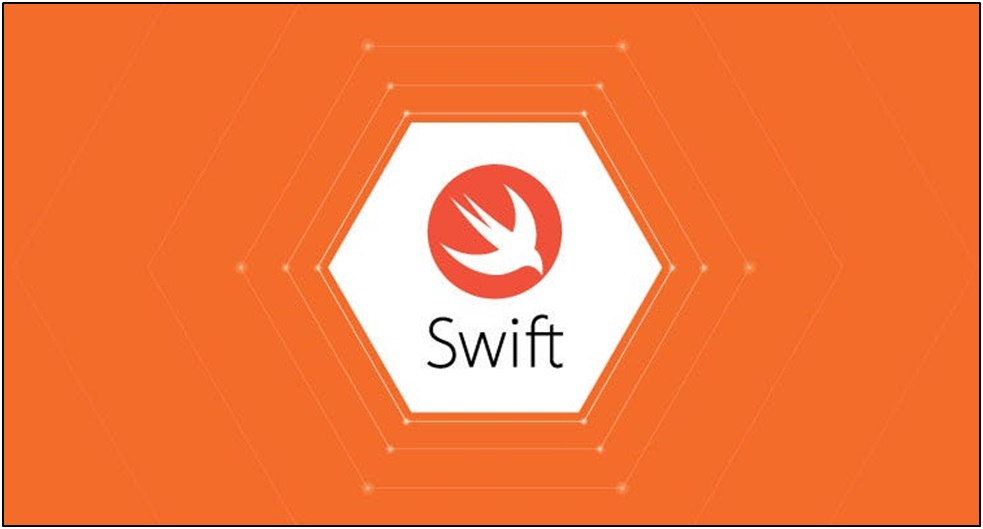
The entire Apple’s ecosystem is powered single-handed by Swift. Much of the iOS apps you see today are built on Swift. Its open-source nature and evolving feature set make it an attractive option for mobile app development. Moreover, Swift's modern syntax and expressive features make it a joy to work with for developers. It has a clean and concise syntax which is inspired by languages like Python and Ruby and promotes readability and maintainability. Thus, it allows developers to write code that is both elegant and efficient.
Swift also introduces modern language constructs such as closures, generics, and protocol-oriented programming, enabling developers to express complex ideas in a clear and concise manner.
7. Ruby

In the technology world, everything moves at a rapid pace and sometimes projects that get started no longer remain relevant by the time development is done. That’s why prototyping is so important in the computer world. Build a minimum viable version and test it in the market. Let users try out the product and decide if it's worth pursuing. And what can be a better language for prototyping than Ruby?
With the Ruby on Rails framework, developers can rapidly prototype and iterate on ideas, bringing innovative web applications to market with speed and agility. Its emphasis on convention over configuration and rapid prototyping capabilities contribute to its continued relevance in the industry.
8. PHP
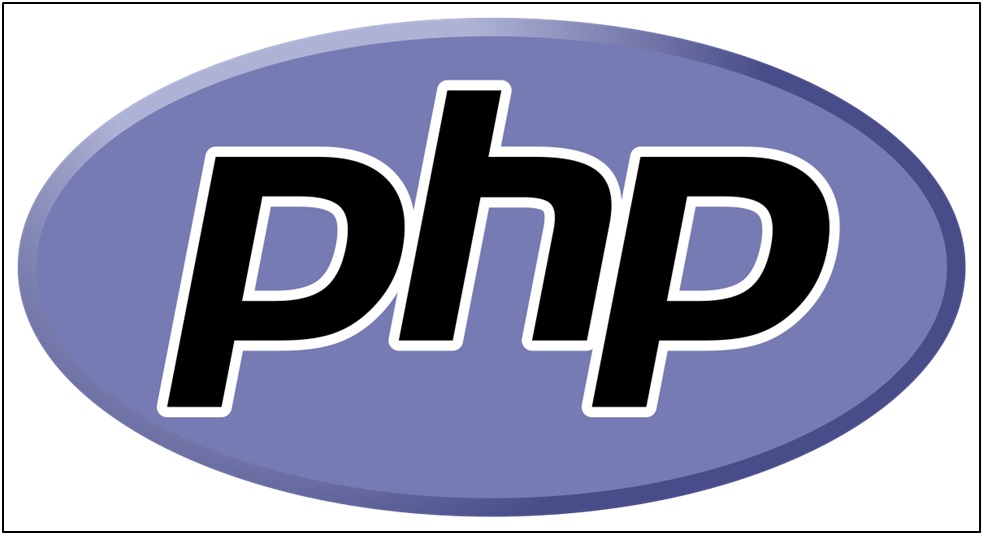
One of the most used web development programming languages, PHP, was first founded in 1990. It's mainly a server side scripting language that's used for developing the backend of web applications. PHP's domain extends beyond just small-scale projects; it's well-suited for developing medium-sized applications as well.
Its flexibility allows developers to create dynamic websites, content management systems (CMS), e-commerce platforms, and more, catering to a wide range of use cases and business requirements. Furthermore, PHP's integration capabilities with various databases, including MySQL, PostgreSQL, and SQLite, make it an excellent choice for building data-driven applications.
9. R

For those working in the data science and data modelling industry, R remains a game changer. It's one of the most popular choices for statistical computing and data analysis. Moreover, R's robust visualization capabilities play a crucial role in facilitating data exploration and communication.
With packages like ggplot2, plotly, and gganimate, data scientists can create stunning and interactive visualizations that enable them to uncover insights and communicate findings effectively. Whether it's analyzing financial data, conducting clinical trials, or optimizing marketing campaigns, R provides data scientists with the tools they need to tackle real-world challenges and drive innovation.
10. Go
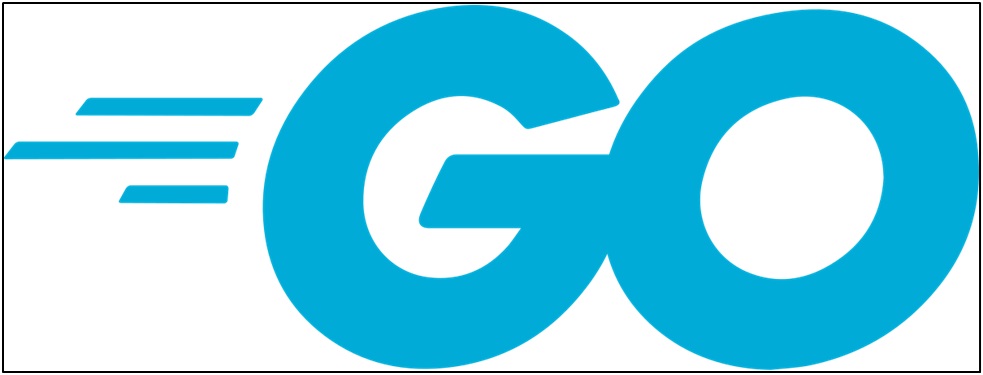
Go's simplicity, efficiency, and built-in concurrency support make it well-suited for building scalable and performant systems. As cloud-native technologies and microservices architectures gain traction, Go's role in backend development becomes more prominent. In addition to its concurrency support, its simplicity and minimalist syntax contribute to its ease of use and readability. Its statically typed nature provides type safety and helps catch errors at compile time, reducing the likelihood of runtime bugs and enhancing the reliability of Go applications.
11. C++

When it comes to development of performance critical applications like gaming, trading, system programming, no one can match the capacities of C++. Its control over memory management and low-level optimizations make it indispensable for applications where speed is critical. One of C++'s key strengths lies in its ability to deliver high-performance code that operates close to the hardware. Its support for manual memory management through features like pointers and custom memory allocators allows developers to finely tune memory usage and optimize resource utilization for maximum efficiency.
12. Fortran
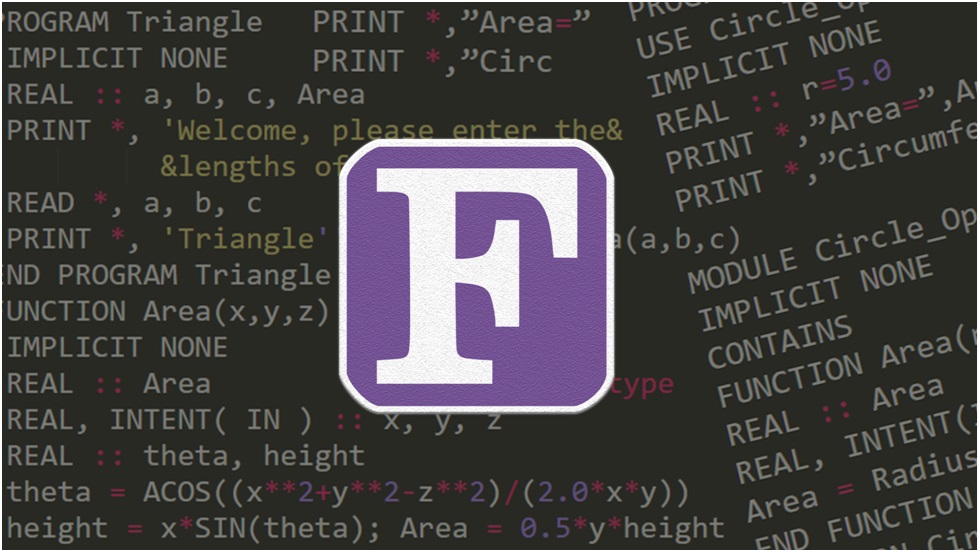
Fortran's longevity in scientific and engineering computing is a testament to its performance and reliability. Despite its age, Fortran continues to be used in numerical simulations, weather forecasting, and computational physics, where its efficiency is unmatched.
13. Matlab

Although not much popular amongst developers, MATLAB plays a key role in the lives of engineers, scientists, and researchers in the computing and data analysis field. One of MATLAB's key strengths lies in its library of built-in functions and toolboxes, which provide specialized functionality for tasks ranging from signal processing and image analysis to optimization and machine learning. These tools enable users to perform sophisticated analyses and simulations without the need for extensive programming expertise, streamlining the process of data exploration and hypothesis testing.
14. Objective-C
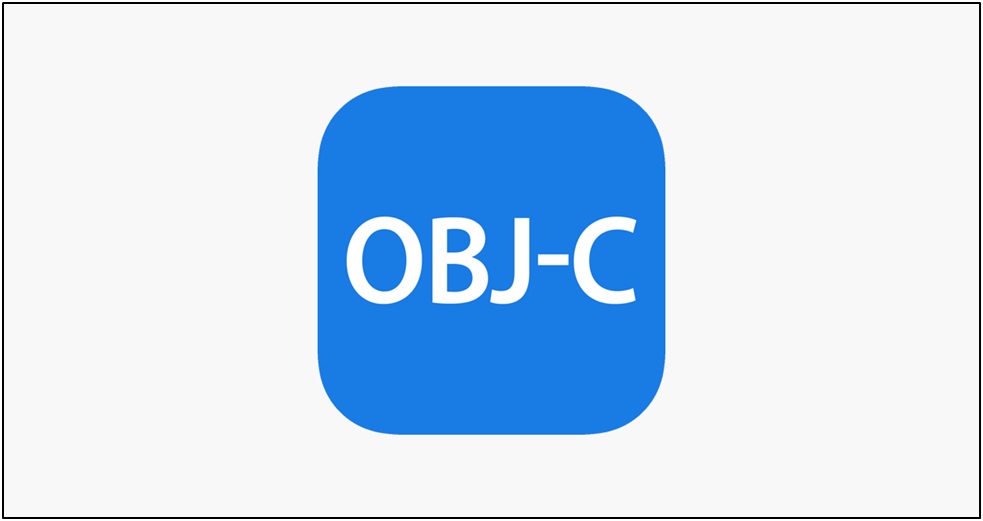
While its usage has declined with the rise of Swift, Objective-C remains relevant in macOS and iOS development, particularly in legacy codebases and projects. Its familiarity and extensive libraries make it a viable option for maintaining and extending existing applications.
Moreover, Objective-C's extensive libraries and frameworks, including Cocoa and Cocoa Touch, provide developers with access to a rich ecosystem of pre-built components and APIs for building macOS and iOS applications. These libraries encapsulate common tasks such as user interface design, networking, and data management, allowing developers to focus on implementing application logic and functionality.
15. HTML
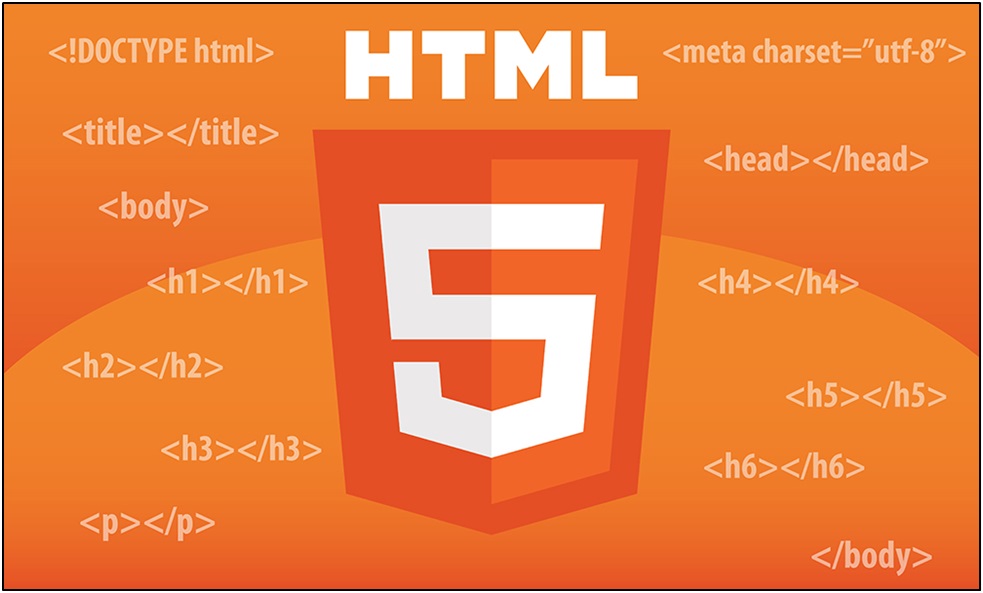
How can we forget HTML? The web page you are seeing in front of you is courtesy of HTML programming languages. Doesn't matter how advanced the developments have been in frontend, HTML has stayed constant all over the years, making it one of the most reliable languages ever. HTML’s role in defining structure and content of web pages has been phenomenal.
However, HTML's role extends beyond mere presentation; it forms the basis for accessibility, search engine optimization (SEO), and semantic web development. By incorporating semantic tags and attributes, developers can enhance the accessibility and discoverability of their content, ensuring that it is easily navigable by assistive technologies and search engine crawlers.
Working on important edge projects with Python, JavaScript, C#, .Net?
Write for us on technology, programming languages and share your thoughts with a thriving developer community.